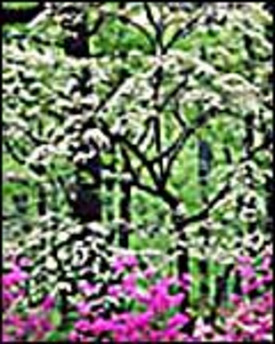 |
||
|
|
Early Spring is a good time to think about pruning. Deciduous trees and shrubs can be shaped and cut back before growth starts so they will grow and bloom as we wish. However, nothing is as easy as it sounds at first blush.
Where should we begin? Removing dead branches is a good place to start. How can you tell if a branch is dead when it has no leaves? Look at the end. Live branches will have small twigs and swelling buds. Live stems and branches are flexible and bend. Dead branches snap off when you bend them and they may have peeling bark.
If you aren’t sure about some, then wait until the leaves come out. And remember too, that stressed, sick or newly planted trees leaf out later than normal. Many folks scalp and ruin the shape of trees that would have been all right if they had just waited.
Pruning also should remove broken, crossed, or rubbing branches, plus ones that are unbalanced, are too long, or ruin the shape of the tree. Root suckers, especially on apple trees should also be cut. Then, when the tree leafs out, all the energy stored in the roots will go to that remaining foliage.
Young trees need special attention in spring, so they will have a proper scaffold of branches evenly spaced around the main trunk. If there are two competing main shoots on top, one should be cut back and subordinated, or removed entirely, so only one central trunk will develop. Trees that are too low can have their crowns raised. That means the lower branches are pruned off at the trunk so that one can walk or plant under them. Walking height is 6 to 8 feet of clear space, but no more than two branches should be removed in any one year or it slows down growth.
As a safety precaution, use a pole pruner, a hand saw, or loppers. Never take a power saw up a ladder, or use it above shoulder height while standing on the ground.
There are certain trees, called “bleeders”, which drip excessive sap in early spring. They are maple, birch, elm, golden chain, and yellowwood and are generally not pruned until their sap stops running, usually in late May or June. That dripping sap is what makes maple syrup.
Additional Resources:
Credit: Mother’s Garden




























